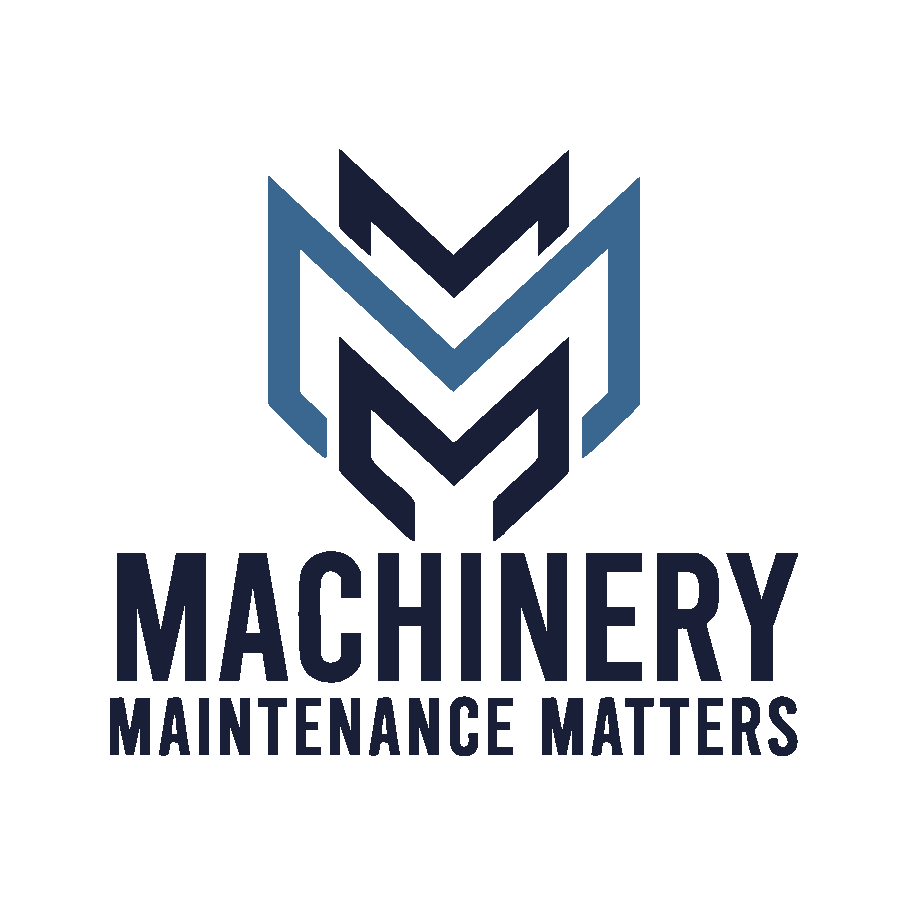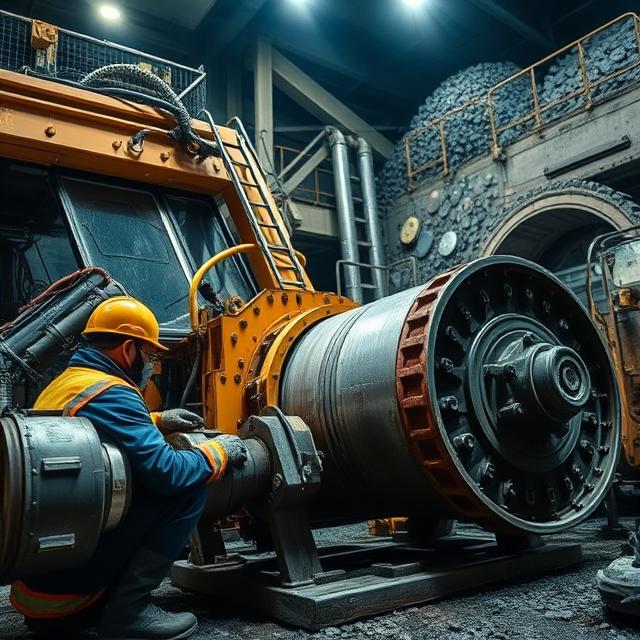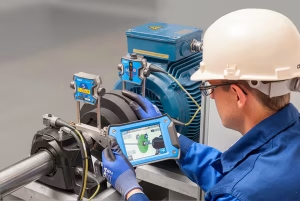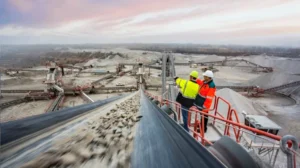In mining operations, a key cause of unplanned maintenance is the lack of collaboration between operations and maintenance teams when managing equipment throughout its lifespan. This oversight hinders mining operations from achieving their production targets. Therefore, the tasks of operations and maintenance teams must be coordinated to optimise production and boost revenue.
Commodities are in high demand on the global market, and signs suggest that this trend will continue in the long term. Mining operations in Africa need to leverage this to maximise their output and take advantage of this opportunity.
To achieve significant revenue targets, operations should consider the effect of costly unplanned maintenance (unscheduled maintenance) shutdowns caused by the failure of mission-critical equipment.
Unscheduled maintenance often leads to revenue loss because of production stops. The total cost of these frequent downtimes can add up considerably by the year’s end. Do the maths!
Review of Maintenance Programmes
Given this situation, Pragma’s Tim Beavon advises mining companies to reassess their maintenance tactics to determine if they support the achievement of their production targets. This advice is based on his observations of the common challenges encountered by clients.
Maintenance in Silos
Beavon has noticed a common oversight in industry: the assumption that a maintenance plan is firmly in place, while operations and maintenance function separately in silos. Usually, operators run equipment and artisans fix it with a limited understanding of each other’s perspectives.
Things can spiral out of control when downtime occurs, particularly during periods of peak production demand, he notes: “When emotions are high, instead of finding the root cause of the problem, personnel from the two divisions can resort to blaming each other.”
Collaboration and Shared Goals
Beavon fears that sticking to a siloed maintenance approach may hinder mining operations from benefiting from the current boom. Therefore, he suggests that production and engineering should collaborate to implement effective maintenance programmes.
“Efficient organisations remove barriers to problem solving by combining production and engineering skills and establishing shared goals (the plant’s throughput),“ he states, highlighting the significance of training team members. “Training team members to understand why equipment fails and teaching them how to prevent failures helps improve performance.”
Nonetheless, as with any change management process, simply training the role players without applying the knowledge gained does not translate into progress.
In some organisations, management quickly declares a training session a successful milestone, and then moves on to the next project. Unfortunately, this often occurs even before the good practices have become a sustainable habit.
Recognising this limitation, Beavon stresses the importance of ongoing support after training.
“After the training has taken place, employees must be supported and encouraged to apply the new knowledge and develop the skills they have acquired. This ensures that the required improvements are sustained. Generally, consistency is crucial to sustaining these benefits.”
Maintenance for Asset Availability Throughout the Asset Lifecycle
After integrating the operations and maintenance teams, the next step is to consider the specific role of maintenance in operations and its impact on asset availability throughout the asset lifecycle. In this context, Beavon emphasises the following factors as critical:
1. Maintenance Team Access to Equipment
Operations planning should ensure that the maintenance team has sufficient access to equipment in accordance with its lifecycle requirements, states Beavon. “Usually, organisations plan their routine operations based on market demands and employee requirements. While these are both essential factors, equipment needs must also be considered, as maintenance can sometimes cause premature failures through weekly or monthly turnarounds.”
“Equally problematic is operating equipment for 11.5 months each year, regardless of throughput or age, until the annual shutdown, without considering the asset design requirements,” he adds.
2. Understanding the Equipment’s Failure Profile
Scheduled inspections or condition monitoring activities provide early warning signs that components are approaching the end of their lifespan. The maintenance team needs to be involved in accordance with the designed condition monitoring frequency to ensure a planned, structured shutdown that allows for the replacement of the component before it fails.
Otherwise, a lack of technical expertise to recognise the early warning signs, inadequate opportunities to carry out corrective maintenance, and poorly designed monitoring activities all contribute to breakdowns occurring before corrective maintenance can be executed.
3. Collection of Work Management Data
When a breakdown occurs, critical information regarding the mode of failure, cause of failure, and repairs carried out needs to be collected, Beavon points out. “While in isolation, the information collected for each breakdown may seem unimportant. Still, collectively, information on many breakdowns reveals crucial insights that can be used to adjust equipment maintenance tasks and drive equipment reliability.”
4. A Normal Maintenance Planning Function
The following rule of thumb in maintenance planning: Identifying maintenance work in advance ensures that it is executed efficiently and effectively, at the right time with the right tools and resources. This not only enhances equipment reliability but also contributes to the organisation’s triple bottom line.
Stressing the importance of this, Beavon explains: “Proper maintenance planning ensures efficient use of maintenance staff and contractors, ensures that work is performed safely, and that all the correct procedures and processes are followed.”
“Conversely, organisations lacking a formal maintenance planning function tend to respond reactively to issues as they arise in the plant. This creates frustration within the maintenance teams because spares are not available, and increases health and safety risks as work is executed with inadequate tools and processes. Furthermore, communication between production and maintenance is broken, and production’s ability to meet plan consistently diminishes, without overtime and extra shifts,” he adds.
Following Best Practice
Overall, it is essential for asset-intensive operations to follow best practices in implementing effective asset strategies and executing maintenance planning to improve asset reliability. This approach maximises asset availability, optimising production and increasing revenue per asset lifecycle. Effectively, it moves operations and maintenance teams from frequently dealing with breakdowns to peace of mind.







